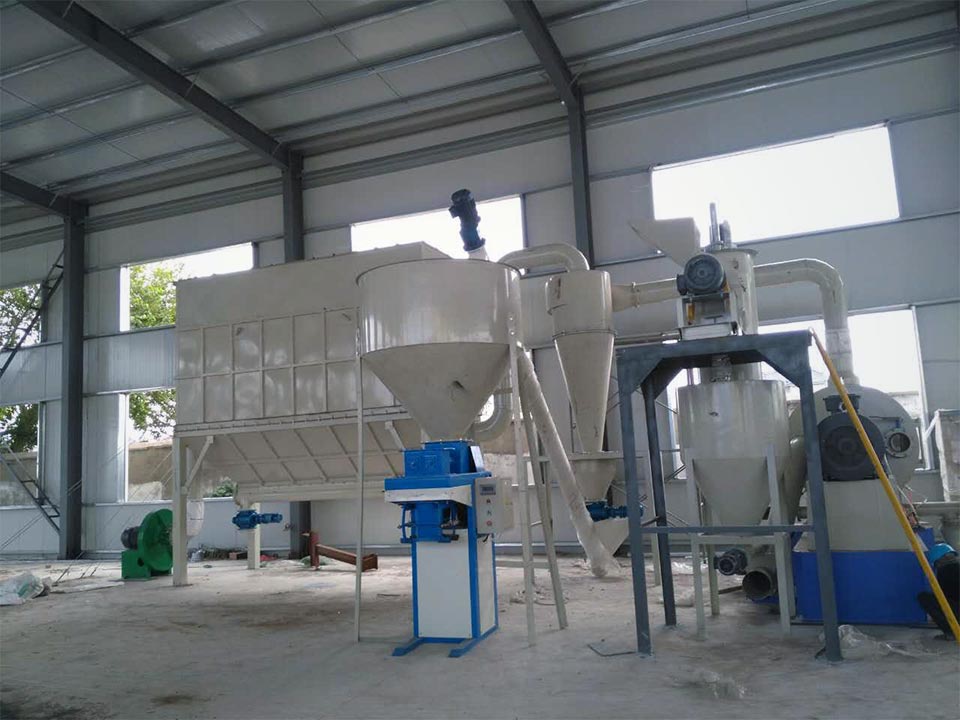Factors affecting the efficiency of cyclone dust collector
The cyclone dust collector enters the dust collector from the tangential inlet. The airflow rotates in the dust collector. The dust particles in the airflow move to the outer wall under the action of centrifugal force, reach the wall surface, and move along the wall under the action of the airflow and gravity. The wall falls into the ash hopper to achieve separation. There are several factors that affect the dust removal efficiency of the dust collector:

1. Air inlet area: The air inlet is an important part of the dust collector, and it also affects the efficiency of dust removal. The smaller the air inlet area, the higher the air velocity and the higher the dust removal efficiency, which is beneficial to the separation of dust and other things;
2. Inlet wind speed: Generally, the inlet wind speed is maintained at 12-25m/s. When it is lower than 12m/s, the dust removal efficiency will decrease. When it is higher than 25m/s, the dust removal efficiency will not increase significantly, but the resistance loss will increase and energy consumption will increase. . The higher the wind speed in this range, the greater the resistance and the higher the dust removal efficiency;
3. The diameter and height ratio of the cyclone cylinder affect the efficiency of the dust collector: at the same tangential speed, the smaller the diameter of the cylinder, the greater the centrifugal force and the higher the dust removal efficiency. If the diameter of the cylinder is too small, the particles will easily escape, and the dust removal efficiency will be lower. Therefore, the diameter of the air inlet of the dust collector is not easy to be too large, just appropriate, and the near air port cannot be too small. When the dust particles are large, it is easy to block the air inlet;
4. Properly lengthening the cone of the cyclone dust collector is also beneficial to improving the dust removal efficiency;
5. The influence of the diameter and depth of the ash discharge port: the smaller the diameter of the ash discharge port, the smaller the airflow, and the greater the difficulty of dust discharge, so the speed and diameter of the outlet air discharge should be accelerated;
6. Tightness of the lower part of the dust collector: Generally, there are two types of double flap valves or star-shaped unloaders for the air lock device at the lower part of the dust collector. The static pressure inside the precipitator gradually decreases from the outer wall to the center. Even if the precipitator is under positive pressure, the bottom of the cone may be under negative pressure. Air leakage from the lower part of the dust collector will take away the dust falling into the ash hopper again, which will significantly reduce the dust removal efficiency. When the air leakage reaches 15% of the air volume processed by the dust collector, the dust removal efficiency is almost reduced to zero;
7. Gas temperature: The gas viscosity increases as the temperature rises, so that the centripetal force on the dust particles increases, and the separation efficiency decreases. Therefore, the dust collector efficiency of the cyclone dust collector decreases with the increase of the gas temperature or viscosity.
